|
<< Click to Display Table of Contents >> Use Case All Types |
  
|
|
<< Click to Display Table of Contents >> Use Case All Types |
  
|
This chapter describes how the option All Types is used.
We start with this example.
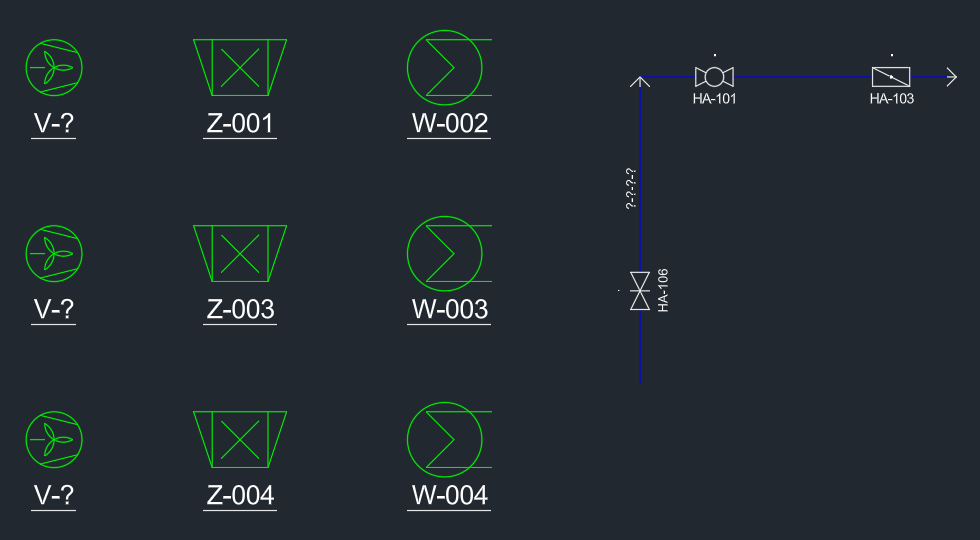
Start the Renumbering function and use the following settings.
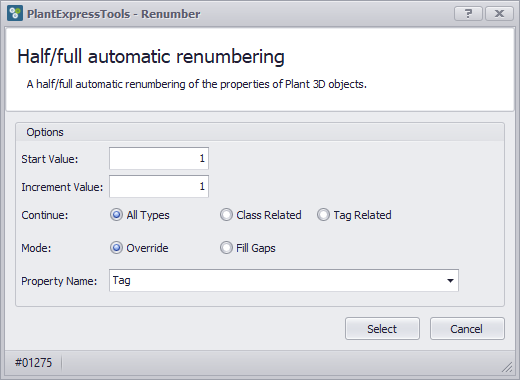
Selecting the Tag property is special, because the Tag itself is defined by the Tag Format and is typically made from multiple other properties. After selecting a symbol or line the Renumbering function will retrieve the Tag Format and checks which is the last property which is defined as Numeric. You can see this in the Tag Format Setup with the N character.
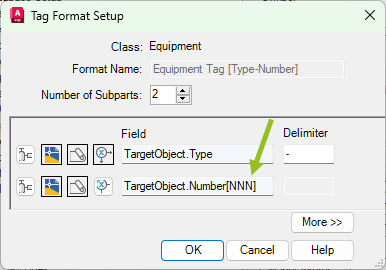
We select the symbols in order of the red numbers. The result is what you see in the image below. The values in the Tags increase from 1 to 4 no matter from which class the symbol comes. Since the option Override has been selected the heat exchanger gets 003 even if there is already a W-003. Of course, this results in a W-003? Tag for the selected heat exchanger.

Using All Types and also use the Tag property is probably not very likely, but is useful to see the result right away.
If you open the Renumbering dialog again you will see, that the Start Value was increased to 5 since the last number used above was 4.
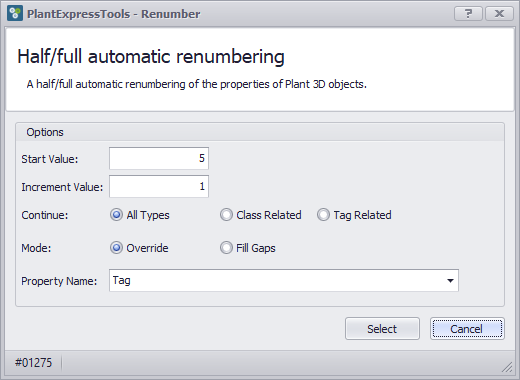
Next we use the same starting example, but use the Fill Gaps option.
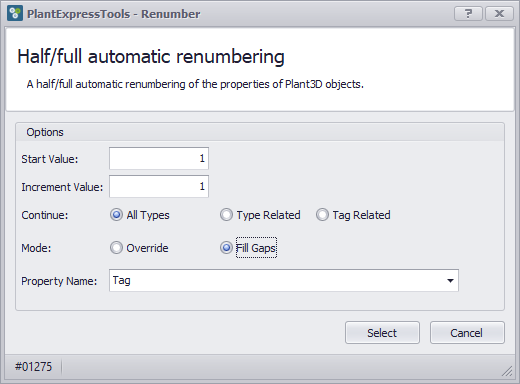
We start from the same example as before:

When selecting Z-001 it will get the next free number which is 005.
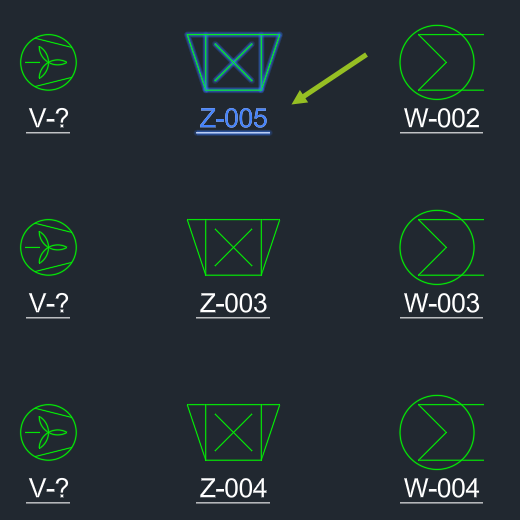
When selecting Z-003 it will get 001, because by changing Z-001 to Z-005, number 001 is available again.
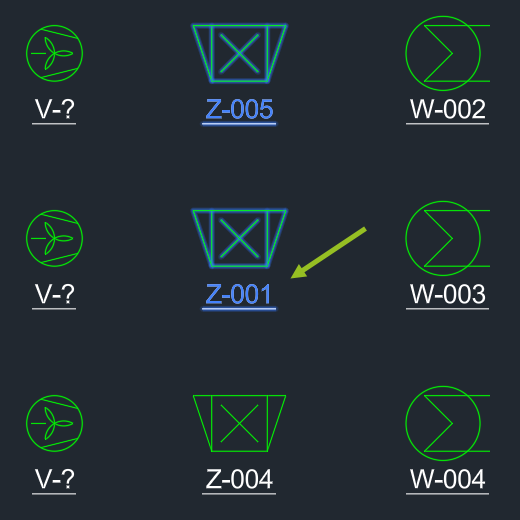
When selecting Z-004 it will get 006, because 001 - 005 are in used.
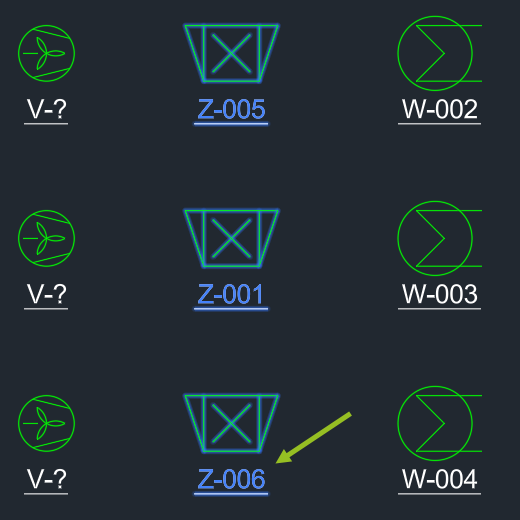
Next Chapter: Use Case Class Related